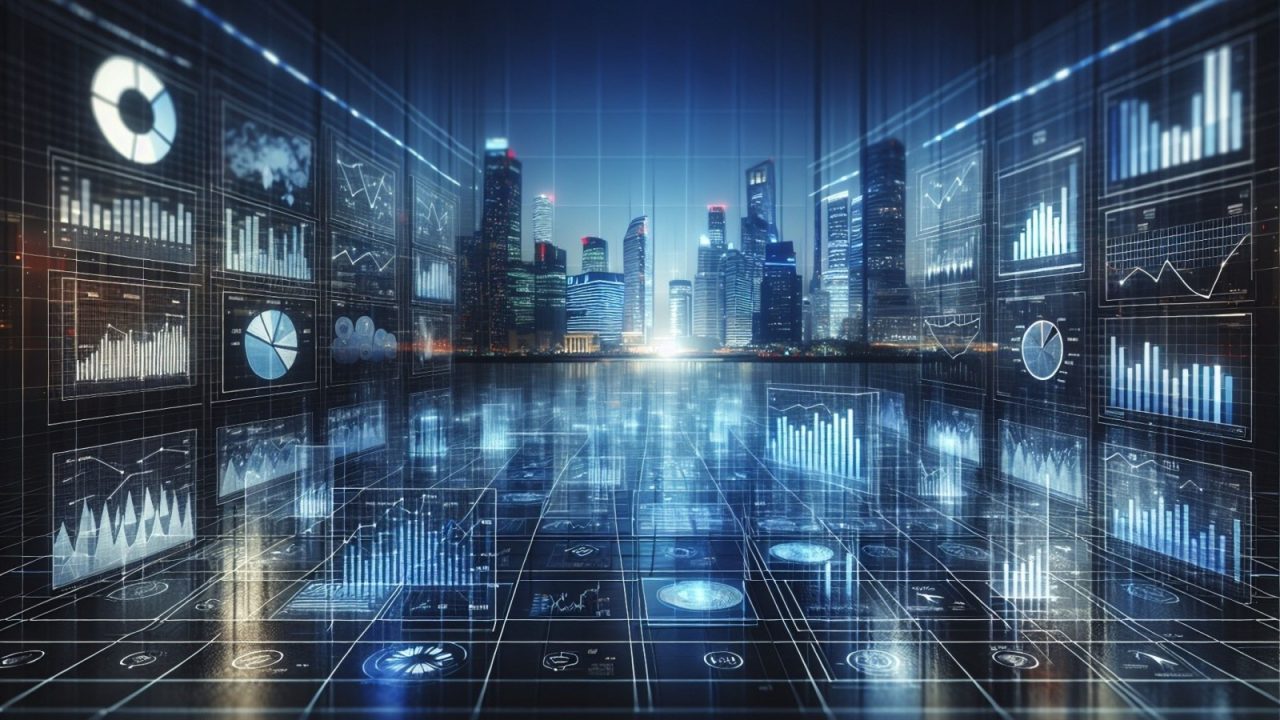The use of artificial intelligence to analyze drone data can reveal much more valuable information than manual and human based analytics. In addition to being much faster, AI can easily process raw data without the need for costly 3D models. Those also require robust space and data storage and beyond the visual, serve very little purpose. Drone data, semantic segmentation and artificial intelligence can reveal construction insights that 3D modeling and manual analytics simply can’t keep up with.
For an industry that accounts for almost 13% of the world’s GDP, it’s incredible that productivity growth in construction hasn’t managed to accelerate beyond 1% a year over the past two decades. Experts contend that there’s a $265 billion annual profit pool awaiting disruptors, but this disruption can come only with radical innovation and the adoption of state-of-the-art digital technologies.
For those managing an infrastructure project in an environment where an ongoing global pandemic is continuing to change the way businesses are run, chances are they are familiar with the value digital technologies bring to a construction site. Being able to visualize and monitor a construction site remotely through data capturing tools, such as drones, is what has allowed construction companies to keep projects on track this past year.
But not many are aware that there’s more to construction site data than keeping stakeholders apprised without on-site, in-person supervision. A small difference in the way big data is analyzed can help uncover discrepancies and dramatically lower supervision costs.
Analytics Should Be Useful, Not Just Beautiful
High-resolution drone photogrammetry and aerial data contain a wealth of information. Combining that with infrastructure design files, CAD/BIM is a proverbial data mine.
And yet, when it comes to data analytics, most digital twin technology products and cloud analytics companies don’t offer much beyond 3D modeling of the site or tracking of volumetric differences through manual selections. These digital representations and models look amazing, but for construction managers and general contractors, they don’t necessarily serve a huge purpose beyond providing a means for project monitoring or calculating earthworks. Even more so due to manual labor aspects of these analytics, it will be simply impossible to run analytics of a large construction site spanning several miles. Enter machine learning and artificial intelligence.
Geospatial AI: The next Frontier for the Construction Sector
Machine learning and artificial intelligence in construction focus chiefly on semantic segmentation of geospatial data. That means classifying each and every pixel in drone orthomosaics and digital surface models to detect what’s on each image and where it’s located.
Once they’re trained successfully, geospatial AI models can analyze drone data and recognize dozens of object classes at a construction site—such as asphalt, concrete rings, heaps of earth, rubble, reinforcement, chipping, dump trucks, pipes, cable wells and black sand—in a matter of minutes. Compared to traditional quality surveying methods, AI solutions can be a mind-boggling 480 times faster.
Not only does this translate directly into improved productivity, but when they’re armed with the minute levels of detail that geospatial AI provides, project managers have a far better view of site progress and utilization of materials. Near-real-time analysis of site data augments the decision-making process and paves the way for better operational planning. Based on the pace of work, AI solutions can even estimate whether construction schedules will be met.
Meanwhile, heightened situational awareness allows for early detection of any discrepancies in work being carried out by subcontractors, resulting in fewer losses for investors. And the increased visibility, efficiency and control that come with geospatial AI further enable the enforcement of a transparent system of remittance in an industry that’s plagued by chronic late payments.
Looking Ahead
The construction industry is ripe for AI applications and automation of complex processes. With more and more engineering and construction companies incorporating drone programs, the data needed for 100% coverage of the construction site in all three dimensions is already there. The only question is: Will project owners and general contractors continue to use inadequate site analytics products, or will they embrace new technologies that aid in streamlining processes, minimizing mistakes, ensuring compliance and saving money?







